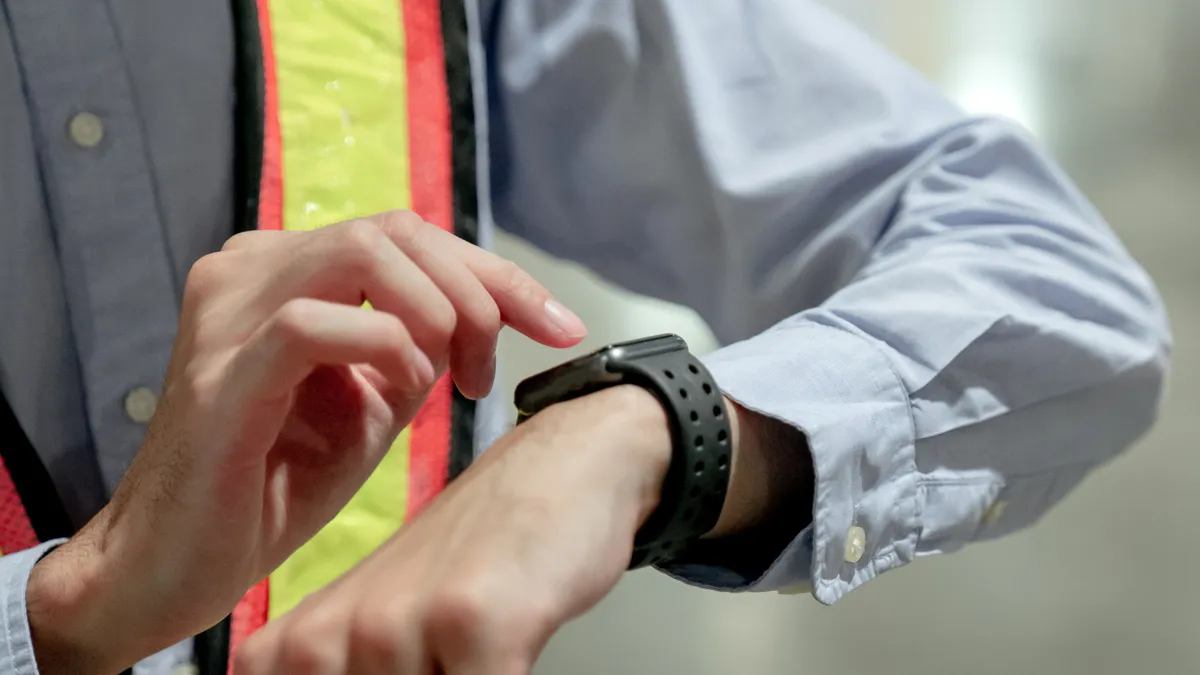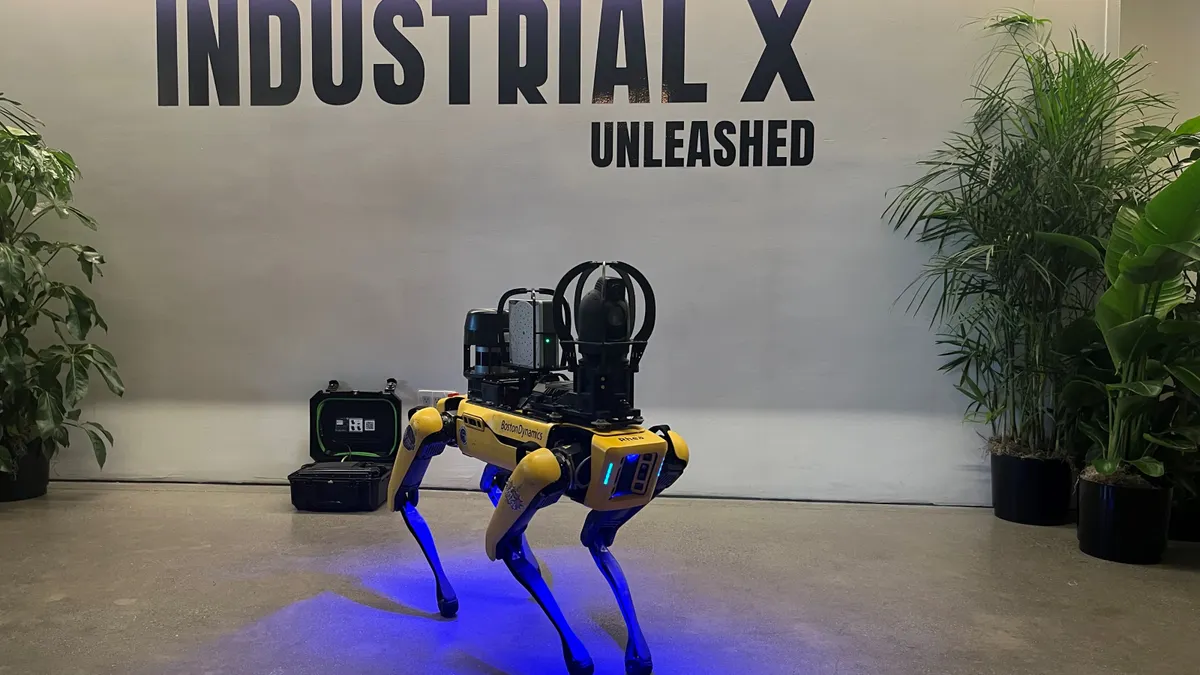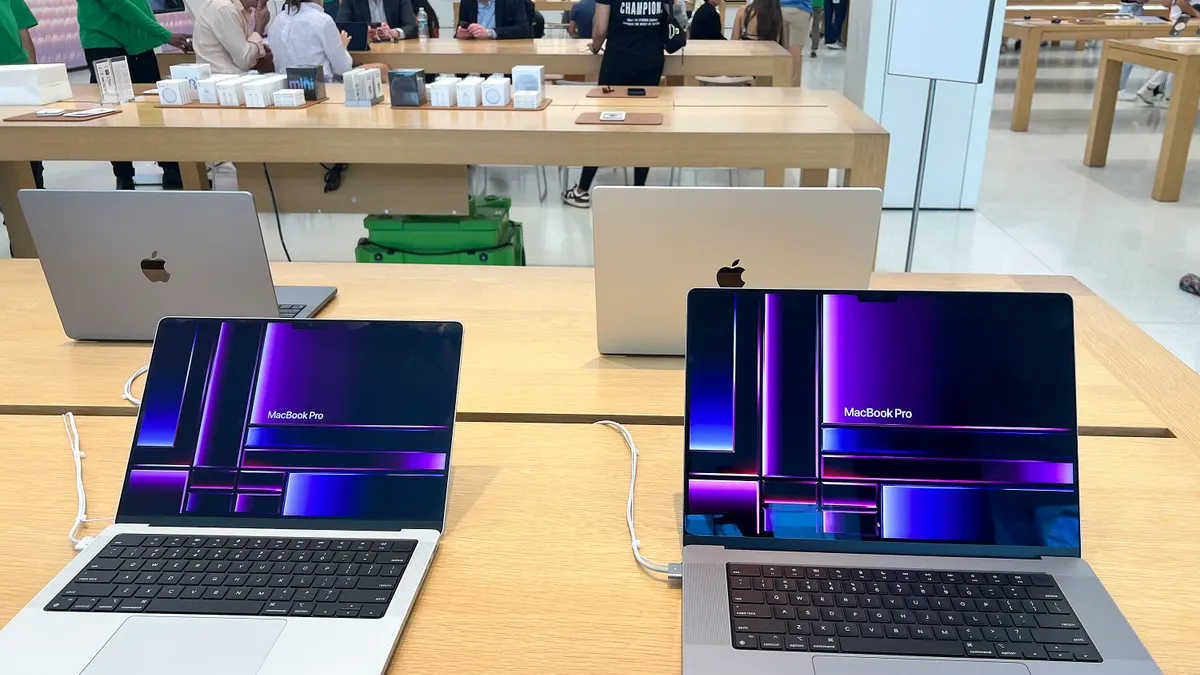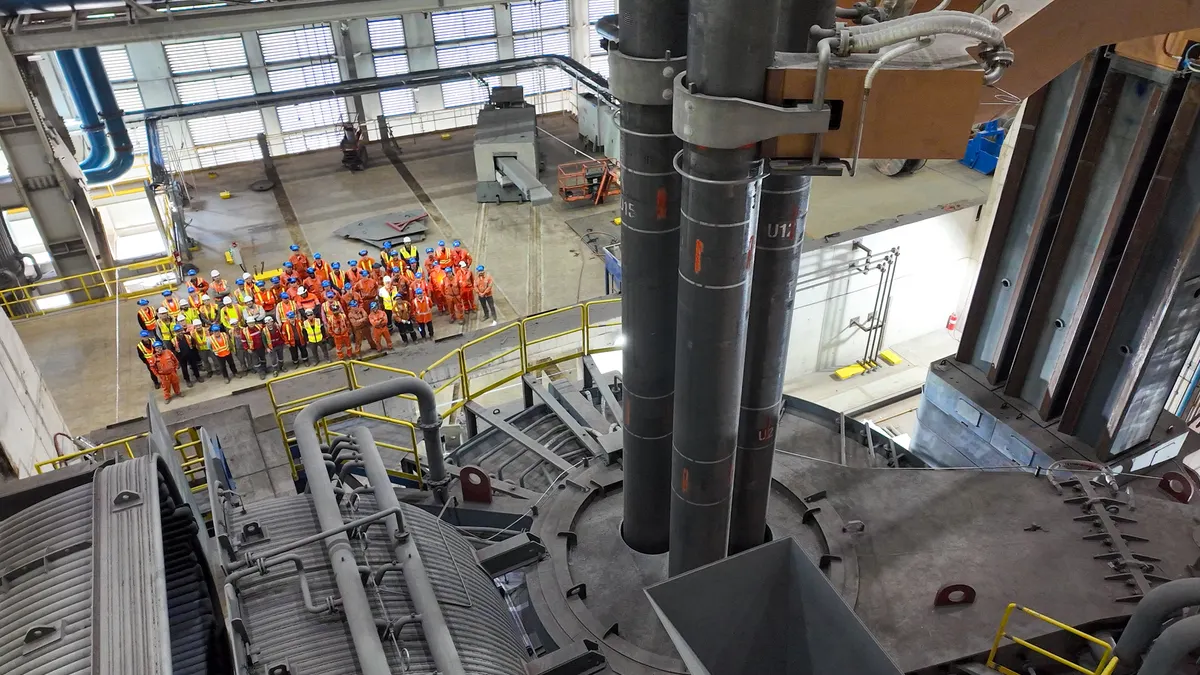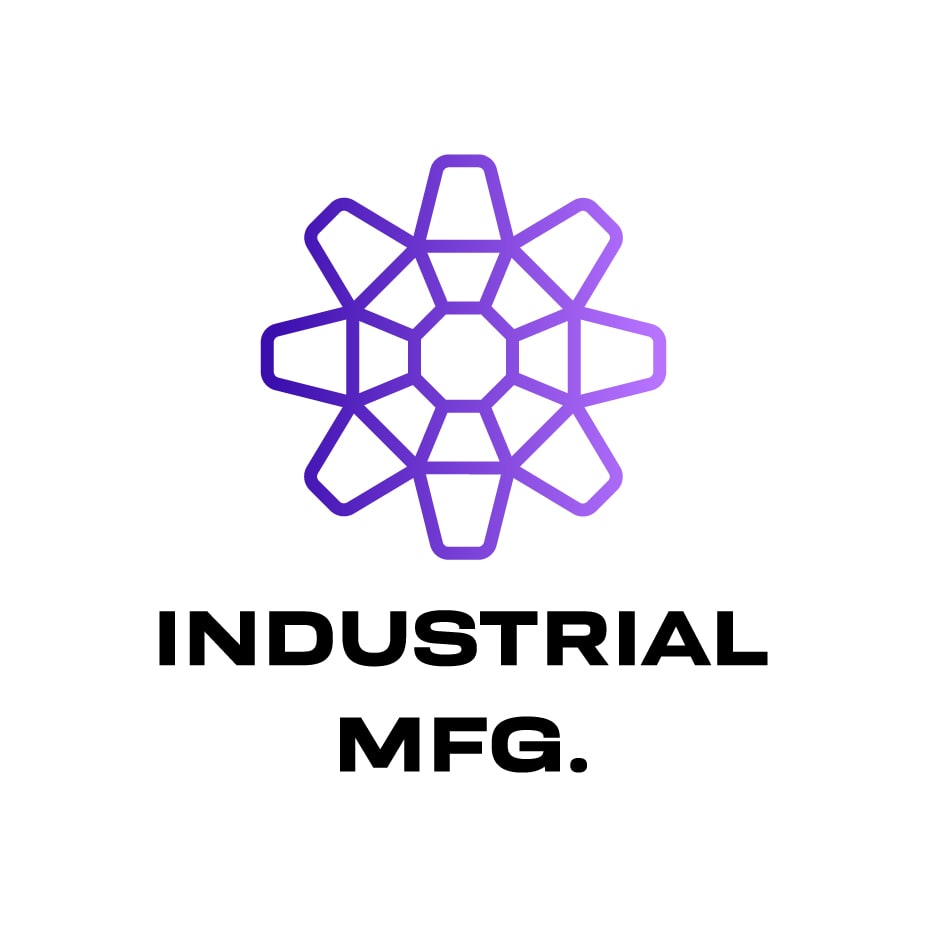Integrating new technologies into manufacturing operations can be difficult. Equipment is designed to have a long lifecycles, which means some operators are stuck trying to retrofit machines built back when 3D printing was still a DIY hobby.
The main struggle in deciding where to invest is conflicting company needs, said Simon Jacobson, research vice president of supply chain operations at Gartner.
“On one hand, I have to upgrade or solidify my core systems,” he said. “On the other hand, it’s how do I bring some of these emerging technologies in.”
Spending on new technology shouldn’t come at the expense of beefing up core operations, Jacobson said.
“There’s a real big risk of being susceptible to the emotional side of chasing some of the newer, sexier technologies,” he added. And while such tech can have a high ROI, they shouldn’t be added at the expense of “solidifying core capabilities in terms of producing product right the first time.”
Despite some difficulty in choosing how to spend money on upgrades, manufacturing executives have been busy building their own holiday wish lists. Here are some of the top technologies manufacturers want to invest in for the coming year.
Manufacturers want more automation
A recent Gartner report on smart manufacturing found that flexible automation and robotic process automation were among the top five technologies being adopted or currently used by manufacturers.
As more companies adopt automation and robotics in their operations, manufacturers are seeking new applications for the technology, boosted by artificial intelligence and machine learning.
Biopharmaceutical instrument manufacturer Stevanato Group is using automation for visual inspections, said Alessandro Zannini, engineering sales director. One of Stevanato’s core products is self-injectable drugs, and automation can detect defects in the container and the drug inside it, as well as problems with the equipment itself.
The technology ensures the container is filled and sealed properly, adding another layer of checks on top of systems already in place.
Stevanato is also investing in more automation technologies that increase line flexibility, so they can quickly change processes to create another product. They're also improving the AI used in inspections to reduce the rate of false rejects.
Added digital capabilities is an asset to equipment and end products
Collecting data from machines in use can help manufacturing professionals get a better view into what is happening on the factory floor. That data can be funneled into AI and machine learning algorithms to do everything from detect the need for a repair, to predict when a machine is about to go down.
Using data analytics in this way doesn’t mean putting AI in charge, Zannini warned. It can raise a flag that something is wrong, but cannot make a change itself. Instead, the technology can provide a recommendation or indication “of what you as a user should do to improve the performance,” he said.
When drawing up wish lists investments, tools that make operations more reliable is the “quickest win for any asset” Jacobson said.
“Reliability now has to look at the entire response out of manufacturing reliability in terms of product quality, in terms of materials, and quite frankly extends into the supply chain if the right demand is funneled into the factory,” he said. “The reliability is the response to that demand.”
Smart technology can also help extend the life cycles of a company’s end products.
Schneider Electric has been digitizing equipment they deploy to their customers, which saves time and money on maintenance, said Jerome Soltani, senior vice president of U.S. services. The company is using AI to move from reactive to proactive mode when it comes to repairs.
“Instead of just selling hardware, we’re selling hardware with connectivity embedded into equipment,” Soltani said.
Wearables offer enhanced safety and stress-reduction
Respondents in a 2022 Microsoft survey of nearly 10,000 frontline workers ranked wearables technology third on a list of factors that could alleviate work-related stresses.
Companies including PepsiCo have added the technology to the operations. The company increased the use of wearables late last year after thousands of workers at 34 of its Frito-Lay manufacturing and distribution centers saw a drop in injuries due to the technology.
Schneider Electric recently deployed power detection wearable devices to 750 technicians. The device alerts someone if they are too close to a power source, thus preventing potential electrocution.
The results have been mixed so far – the devices often give off false alarms – but Soltani said they are working with the vendor to improve the technology. “
We didn’t do it to fully replace our methodology and our policies and processes” for safety, he said. “We did it on top to add additional safe device to help our technicians.”


